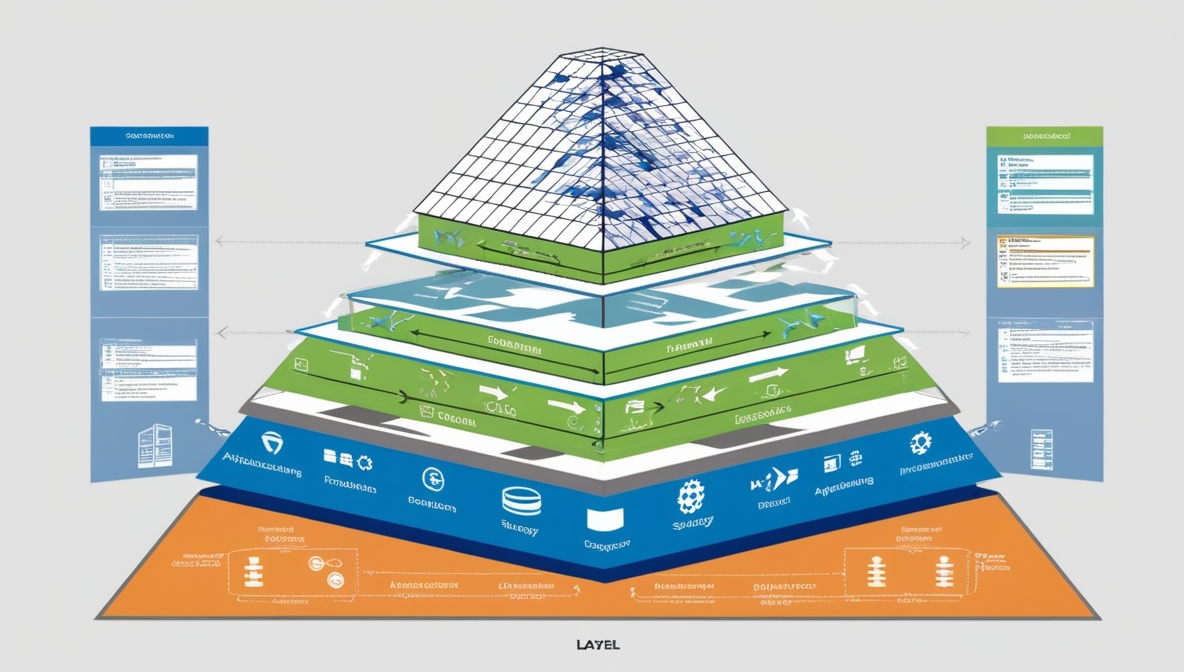
Strategic Enterprise Architecture Roadmap Example: A Proven Model for Large-Scale IT Modernization
This strategic architecture roadmap example shows how disciplined design turns complexity into structure. Developed under high-pressure funding and compliance timelines, it provides CIOs with a concrete model for governing modernization initiatives — integrating enterprise architecture, cost justification, and delivery planning into one cohesive roadmap. The example illustrates how to make large-scale transformation achievable, measurable, and defensible. Excellent Read! (400+ pages)






![Information System Modernization Roadmap Example [Approach and Implementation Plan] - featured image](https://cioindex.com/wp-content/uploads/2024/09/Information-System-Modernization-Roadmap-Example-Approach-and-Implementation-Plan.png)


